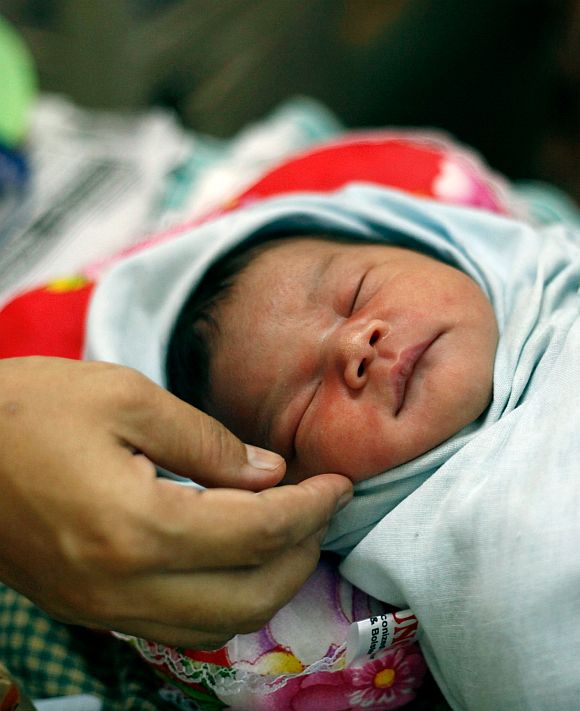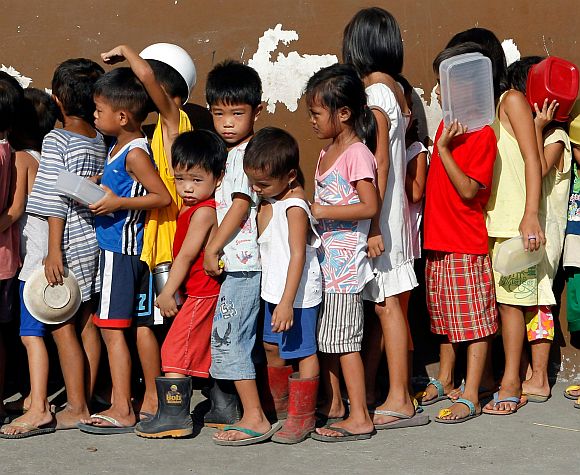Photographs: Reuters
The current world population of 7.2 billion is projected to increase by one million over the next 12 years and reach 9.6 billion by 2050, according to a United Nations report that points out that the growth will be mainly in developing countries, with more than half in Africa.
"Although population growth has slowed for the world as a whole, this report reminds us that some developing countries, especially in Africa, are still growing rapidly," said the Under-Secretary-General for Economic and Social Affairs, Wu Hongbo.
The report, 'World Population Prospects: the 2012 Revision', notes that the population of developed regions will remain largely unchanged at around 1.3 billion from now until 2050. In contrast, the 49 least developed countries are projected to double in size from around 900 million people in 2013 to 1.8 billion in 2050.
Compared to previous assessments of world population trends, the new projected total population is higher, mainly due to new information obtained on fertility levels of certain countries. For example, in 15 high-fertility countries of sub-Saharan Africa, the estimated average number of children per woman has been adjusted upwards by more than 5 per cent.
...
India will be world's most populous by 2028
Photographs: Reuters
"In some cases, the actual level of fertility appears to have risen in recent years; in other cases, the previous estimate was too low," said the Director of the Population Division in the UN's Department of Economic and Social Affairs, John Wilmoth, during a press conference at the UN headquarters in New York.
"While there has been a rapid fall in the average number of children per woman in large developing countries such as China, India, Indonesia, Iran, Brazil and South Africa […] rapid growth is expected to continue over the next few decades in countries with high levels of fertility such as Nigeria, Niger, the Democratic Republic of the Congo, Ethiopia and Uganda but also Afghanistan and Timor-Leste, where there are more than five children per woman," he said.
Wilmoth added that changes in fertility rates over the next few decades could have major consequence for population size, structure and distribution in the long run.
The report notes that India is expected to become the world's largest country, passing China around 2028, when both countries will have populations of 1.45 billion.
...
India will be world's most populous by 2028
Photographs: Reuters
After that, India's population will continue to grow and that of China is expected to start decreasing. Meanwhile, Nigeria's population is expected to surpass that of the United States before 2050.
Europe's population is projected to decline by 14 per cent, the report states, and Wilmoth warned that the continent is already facing challenges in providing care and support for a rapidly aging population.
Overall, life expectancy is projected to increase in developed and developing countries in future years. At the global level, it is projected to reach 76 years in the period 2045-2050 and 82 years in 2095-2100.
By the end of the century, people in developed countries could live on average around 89 years, compared to about 81 years in developing regions.
The report's figures are based on a comprehensive review of available demographic data from 233 countries and areas around the world, including the 2010 round of population censuses.




article